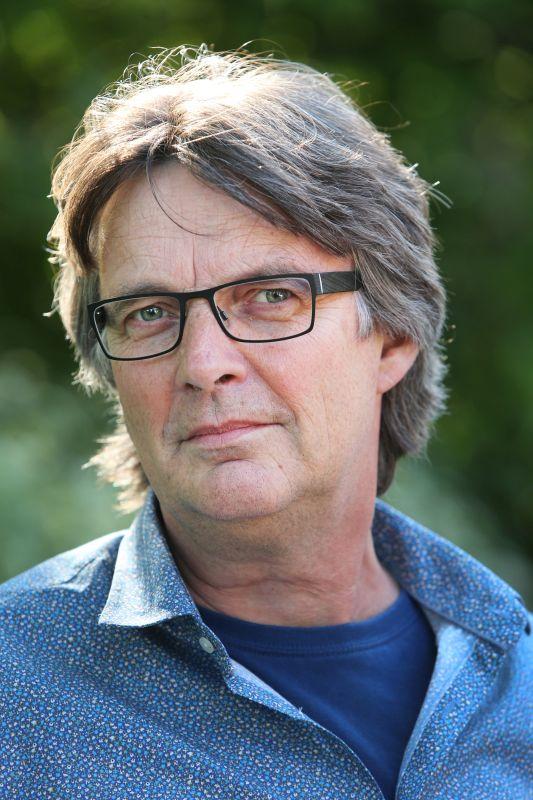The Littens Fair
Van Zandbergen’s novel cleverly combines two narratives. The story of the unhappy marriage of a nineteenth-century clergyman and his wife in the farming village of Littens is interspersed with the tale of a solitary butcher’s son growing up in the same village almost a century and a half later. The storylines are interwoven to such an extent that it sometimes seems as if the time between them has evaporated.

Littens, 1830s. The village’s young, studious preacher, Martinus Laurman, takes a stand against the religious bigotry that is coming into fashion. But his trust in reason and the power of words leads to a personal crisis of faith. Martinus’ fixation on theological issues is combined with an aversion to physicality, and he is unable to fulfil his wife Eeuwkje’s deeply felt longing for a child. Farmer’s daughter Eeuwkje is Martinus’ polar opposite. She likes to lose herself in an imagined reality. The arrival of artist Henrik Giesing marks a turning point in their marriage.
Littens, 1960s and 1970s. Butcher’s son Liuwe Bosgra is eager to learn, but he remains an adolescent loner living in a world of his own, where he shuts out everyone except his older, liberated girlfriend Sabetheli Duparc. He shares with her his fascination for numbers, language and time. Mildly autistic, Liuwe enjoys contemplating the discrepancy between literal and figurative uses of language. Sabetheli manages to draw him out of his inner world and through her he discovers the freedom that typifies the 1960s and 1970s. She introduces him to love. Once again it is a man called Henrik Giesing, a photographer, who brings about an unexpected turn of events, against the background of the village’s annual fair.
The Littens Fair is both a historical novel and a coming-of-age tale. The taut, well-composed narrative switches back and forth between the two storylines, each of which has its own characteristic register. They mirror each other, with objects, characters and events of the first story reappearing in a more modern form in the second. Both Martinus Laurman and Liuwe Bosgra regularly contemplate the function of language and the workings of time, giving this captivating novel, which is written with great empathy, an extra philosophical layer.
It would be great if this novel could gain a wide readership, because it’s a remarkably good book.
Friese-literatuursite
A metalinguistic work, with a low but fascinating tempo set by perfectly judged sentences and ingenious storylines.
Friesch Dagblad
